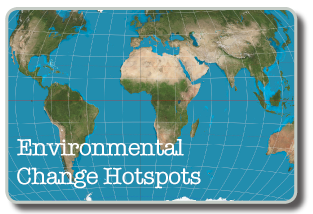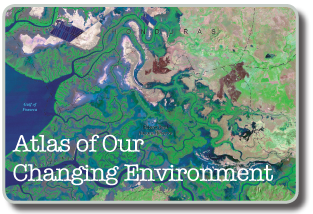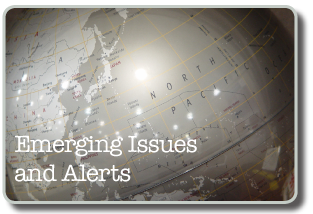The United Nations Environment Programme (UNEP) is built on a heritage of service to the environment. UNEP was established as the environmental conscience of the United Nations system. One of the core functions of UNEP is "to analyze the state of the global environment and assess global and regional trends, provide policy advice, early warning information on environmental threats, and to catalyze and promote international cooperation and action, based on the best scientific and technical capabilities available."
The North American office of UNEP's Global Resources Information Database (GRID) marshalls data , information and knowledge resources within North America to undertake assessments and service programmes in the developing world and facilitates the flow of developing countries' data to users in North America.
As a part of UNEP's Environment Information and Assessment Programme, Global Resource Information Database (GRID) is a network of cooperating centers around the world for exchange of data and information on key environmental issues. The North American node of UNEP/GRID, designated as GRID-Sioux Falls, is hosted by the United States Geological Survey's (USGS) Center for Earth Resources Observation Systems (EROS) in Sioux Falls, South Dakota. GRID-Sioux Falls has been operational since 1991 and functions as a partnership between UNEP, USGS, and the National Aeronautics and Space Administration (NASA).
The mission of GRID-Sioux Falls is to assist UNEP and its partners by contributing environmental data and information, as well as methodological techniques for handling such data, to enhance the scientific basis for decision making and help advance sustainable development initiatives.




